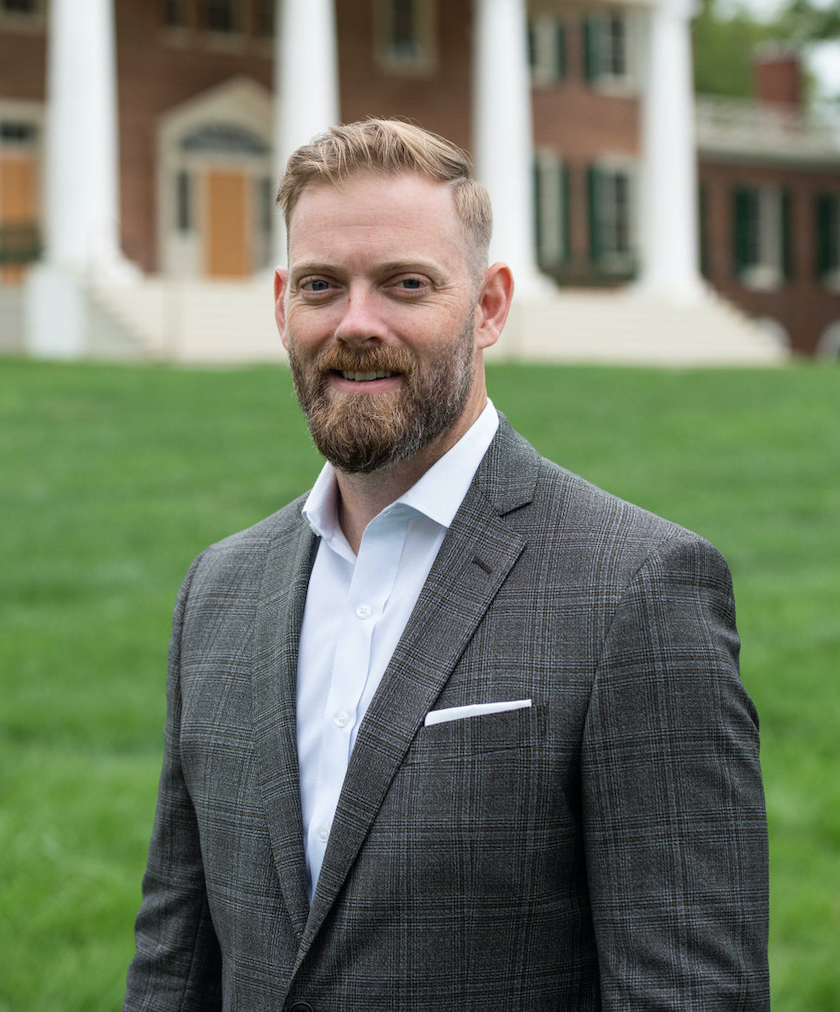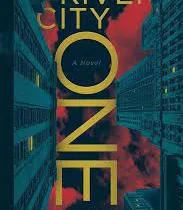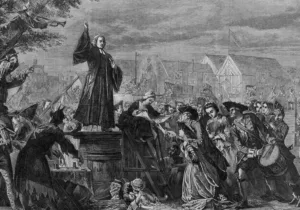“The Army has always had its ups and downs, we’re heading for a down… but you have to have faith.” These words of encouragement from a general to a young captain in the waning years of the Vietnam War, published in Rick Atkinson’s The Long Gray Line, are entirely relevant today. The novel, published over thirty years ago, offers poignant insight into problems facing a military and, in particular, its veterans in the wake of an unpopular and mishandled war.
The book’s narrative, running from pre-war patriotism to post-war despondency, contains a noteworthy therapeutic element for veterans of both the Vietnam War as well as the wars in Iraq and Afghanistan. Yet, the overall encouragement is in keeping faith through troubled times, maintaining your character and values, and recognizing the imperishable significance of service to something greater than yourself.
The Long Gray Line follows the lives of the West Point class of 1966, nearly all of whom grew up in an era of national post-WWII reverence for the military. As they begin their education at West Point in 1962, the men of ’66 are filled with patriotism, pride, and a hunger for the adventure their fathers shared two decades earlier. Atkinson’s novel details their vigor and energy during their time at West Point and as they begin adulthood— service in Vietnam ever-looming— followed by their struggles as the civilian population grows increasingly hostile to the war effort, eventually turning on the soldiers themselves. In many ways, Atkinson’s work foreshadows the experience of Iraq and Afghanistan veterans who witnessed 9/11 and came of age in service to the nation over the last two decades.
The young men in The Long Gray Line serve harrowing combat tours and witness the deaths of more classmates than almost any other West Point class. Yet, if that were not enough, their homecoming is unlike that of any prior generation. Returning home from the jungles of Vietnam, they find a nation amidst drastic upheaval, far different from the America that reverentially celebrated Memorial Day parades in their youth. Far from unified, the country they come home to is divided among fundamental cultural lines: rural and metropolitan, young and old, white and black. The Army the men served or still serve is collapsing as a result of lowered standards, relaxed discipline, and a break from the core values taught at West Point. The weight of the rejection from the American populace and questions about the justification and conduct of the war leads each character down a different path to personal peace. And in this space, Atkinson masterfully addresses the question veterans continually grapple with: “Was it all worth it?”
The character of a military chaplain, Reverend James Ford, provides the answer. His story is interwoven throughout the book as he counsels cadets at West Point, visits them in Vietnam, presides over their funerals, and struggles with feelings of futility in the war and its aftermath. It is Ford’s narrative that provides precisely what is needed in times of uncertainty and despondence: a dose of faith and an acknowledgment of purpose. He stands, as the chapel does at West Point, on a hill in the background, overlooking the campus and its cadets, reminding the soldiers of the higher calling to serve and of the seven Army values learned at West Point: loyalty, duty, respect, selfless service, honor, integrity, and personal courage.
It is these values, and a deeply instilled sense of fraternity, that binds the men of ’66 to each other and their nation. In this brotherhood of shared values they can fully understand the honor of their service within the context of a mismanaged war and find purpose for life going forward. Even at a time when, as Atkinson puts it, “church, family school – all the traditional temples of moral instruction – had been weakened.”
For veterans who served in Afghanistan or Iraq, The Long Gray Line will feel familiar. The similarities are stark, particularly the sentiment that everything the modern Army is experiencing has happened before. But after Vietnam, the men who kept faith with the Army’s values became the men who rebuilt the institution into the world-class military of the 1991 Gulf War. Notably, as several of the book’s main characters grapple with how to rebuild an Army and preserve the character of West Point, they join together to build a monument in Washington D.C. to the Vietnam War dead. The monument, in its minimalist design, is drastically different than any other on the mall, focusing the onlooker’s attention solely on the names of the dead, removing the politics, politicians, and the war’s leaders from thought.
The graduates of ’66 lived through the firestorms of combat and the cultural and political storms that gripped their nation in the 70s. “Honor,” Machiavelli warned, “is impossible in a defeated country.” Yet the men of ’66 along with many veterans of modern wars, show just how wrong Machiavelli was as they hold true to the Army values regardless of the bleak circumstances.
Today’s Army is imperiled by a crisis of leadership and morale, just as it was post-Vietnam. Recruitment is struggling, retention is increasingly costly, and American support for the military is plummeting. Most worryingly, veterans, once the military’s best advocates, are less likely to recommend service to friends and family. The army is no stranger to this kind of crisis, and as Army Chief of Staff Fred C. Weyand said in the later years of the Vietnam War, “Americans have a long and proud tradition of irreverence toward and distrust of their military.” How a military works through these issues to rebuild itself, and how individual men and women find value in service to a sometimes-ungrateful nation are the evergreen lessons of Atkinson’s novel.
It may take a visit to a large stone chapel, a conversation with a chaplain, or simply a recommitment to the values we know are true, but the nation can endure and thrive with the help of a few veterans who keep the faith. As Memorial Day is upon us, and veterans across the nation take time to remember fallen friends and their service, The Long Gray Line may offer exactly the encouragement needed to recommit to core values.







 Live in the DC area? Sign-up for Providence's in-person events list!
Live in the DC area? Sign-up for Providence's in-person events list!